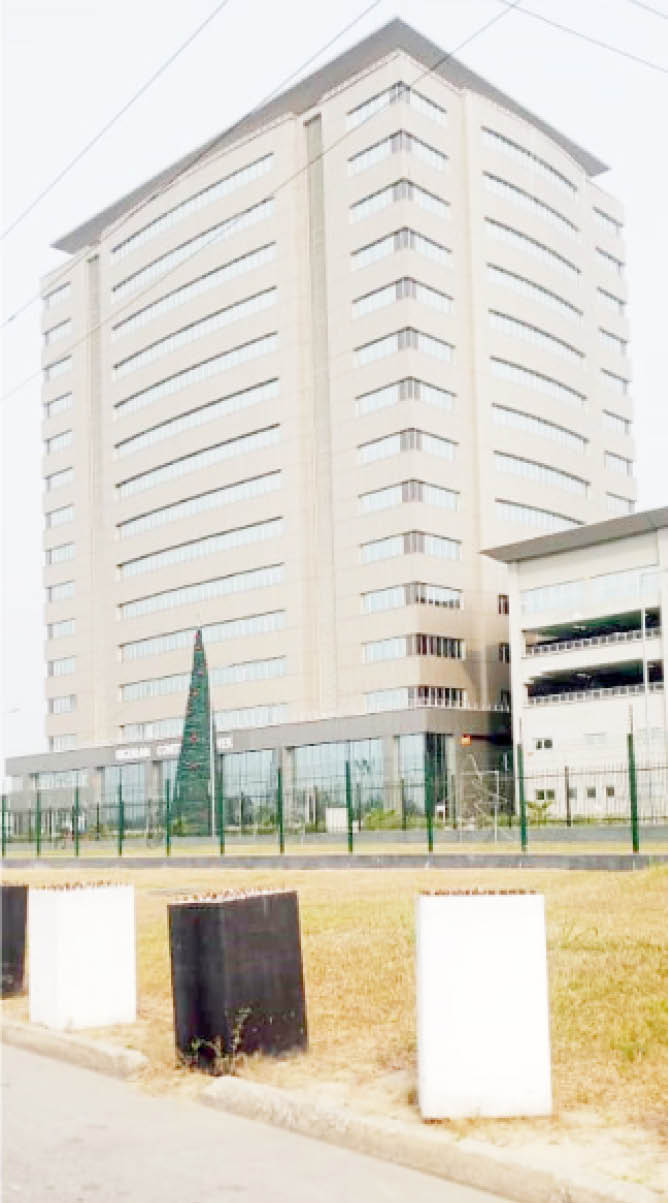A peep into Yenagoa’s 5 top property destinations
Yenagoa, the capital of oil-rich Bayelsa State, is fast becoming an attractive destination for the property market, offering different niches that are defined by location, state of infrastructure and socio-cultural ambience. Until the creation of the state in 1996, Yenagoa was the headquarters of Yenagoa LGA. The small, basically rural LGA was begging for development […]

Yenagoa, the capital of oil-rich Bayelsa State, is fast becoming an attractive destination for the property market, offering different niches that are defined by location, state of infrastructure and socio-cultural ambience.
Until the creation of the state in 1996, Yenagoa was the headquarters of Yenagoa LGA. The small, basically rural LGA was begging for development as it was situated in a riverine area of then Rivers State.
Despite several challenges of infrastructure to kick-start development, successive governments in the state stepped up and provided the waterlogged area with infrastructure based on a masterplan that was conceptualized and its implementation started in 2000.
Consequently, some neighbourhoods in the state capital have witnessed rapid growth, especially around the metropolitan area.
Swali/Azikoro, Igbogene, Amarata, Onopa and Tombia areas have experienced phenomenal growth thus becoming destinations of choice for property investors.
A property developer at Amarata axis of Yenagoa, Mr Teibowei Felix, told Daily Trust that the neighbourhood has become a hub for real estate development in the capital though it was the least developed when the state was created in 1996.
He said Amarata had only one road, while most parts of the community were a swamp, but today series of highbrow buildings have sprung up in the area.
He added that property business is booming in the state capital because people have realized that it is a lucrative and life-long investment.
Amarata: The cradle of Yenegoa’s development
Amarata appears to be the cradle of the development and evolvement of Yenagoa as a state capital. People began the development of structures in the area even before the Yenagoa masterplan was developed, thereby making the area more crowded at the moment.
Most business concerns — such as supermarkets, hotels, banking institutions and a host of private schools — are located in the area.
House rent in Amarata is high because it’s situated at the centre of the town. What is today known as Sani Abacha Expressway in the area was a swamp before the state government sand filled and opened up a dual carriage road.
Swali: From pristine village to highbrow city centre
Swali was just a small village with forest and swamp covering a large portion of the community as River Nun crisscrossed the area, but now, Swali hosts several exquisite buildings such as the 17-storey Nigerian Content Development and Monitoring Board (NCDMB), the Central Bank of Nigeria (CBN) building, the yet to be commissioned Federal Secretariat, Bayelsa Oxbow Lake Pavilion and Boat Club and several other architectural masterpieces.
With well-paved roads and streets, and hosting businesses and government offices, Swali is known as the Central Business District of Yenagoa.
It attracts property developers because of its fabulous urban planning; the once forest and swamp areas have all been sand-filled and turned into a decent living environment, but with the attendant high cost of renting accommodation or buying property there.
Swali also enjoys a steady power supply said to be by the gas turbine from the NCDMB. The district also hosts the biggest ultra-modern market in the state as well as the state library.
Igbogene: A special gateway borough
Igbogene is the gateway to Bayelsa State as it borders Mbiama in Ahoada West LGA of Rivers State. Before now, because of its distance to the metropolis, it was scarcely developed but it has begun witnessing a beehive of real estate development activities with state-of-the-art buildings springing up in the area.
The state ecumenical centre, the Joint Military Taskforce (JTF) headquarters, Nigeria Air Force Helipad, politicians and senior government officials are erecting high-rise buildings in this area and government has already designated it as a special development area in the state capital.
Onopa: Yenagoa’s seat of power
Generally described as the seat of government, because it’s the host municipality to the Bayelsa State Government House, the state secretariat and other government offices, Onopa is fast developing. It commands the largest concentration of people as well as developers.
The new Yenagoa city, initiated by the immediate past administration of Senator Seriake Dickson, is located in the cultured area and most of the very important personalities and top-ranking public servants own property in the area. It is thus attracting high niche property development on a daily basis.
Tombia: The beautiful face of Yenagoa
Tombia is also a fast-growing area in the state capital. The Tombia roundabout with its beautification gives the state capital its panache.
Estate developers find the district alluring and throng Tombia-Amassoma road to erect structures of varying sizes and styles.
Last year, the Bayelsa State Physical Planning and Development Board had to pull down some structures at the Bossy Water road to construct access road which has now given the area a touch of modernity with property developers taking advantage to build new structures. The area is highly populated and hosts several recreational centres as well as one of the biggest markets in the state.
Speaking during the just concluded Physical Planning And Development Summit in the state, Harcourt Adukeh, an architect, who drew the masterplan of Yenagoa, expressed concern about why successive administrations were unable to implement the Yenagoa Masterplan.
He said that the masterplan, which was published in Year 2000, was aimed at achieving the economic and demographic growth of Yenagoa as well as promoting a green and beautiful capital city.
He however decried the indiscriminate development of structures without recourse to the masterplan, urging authorities to take necessary steps as the state is fast developing.
